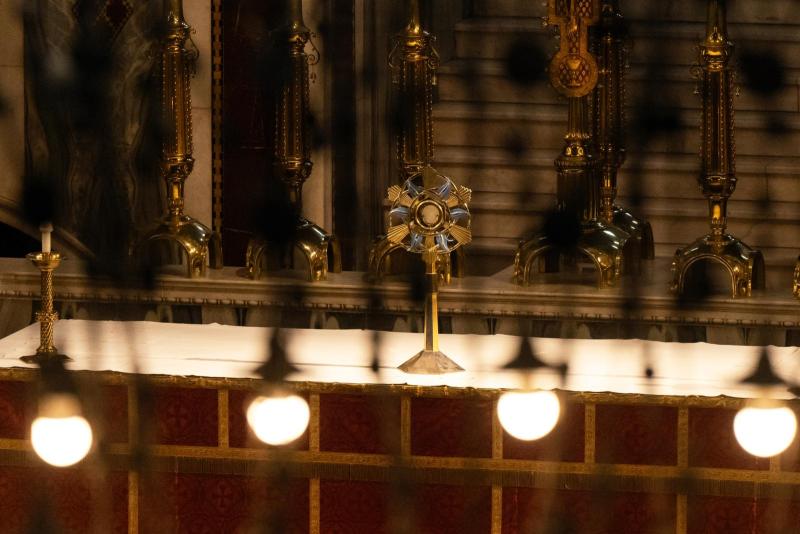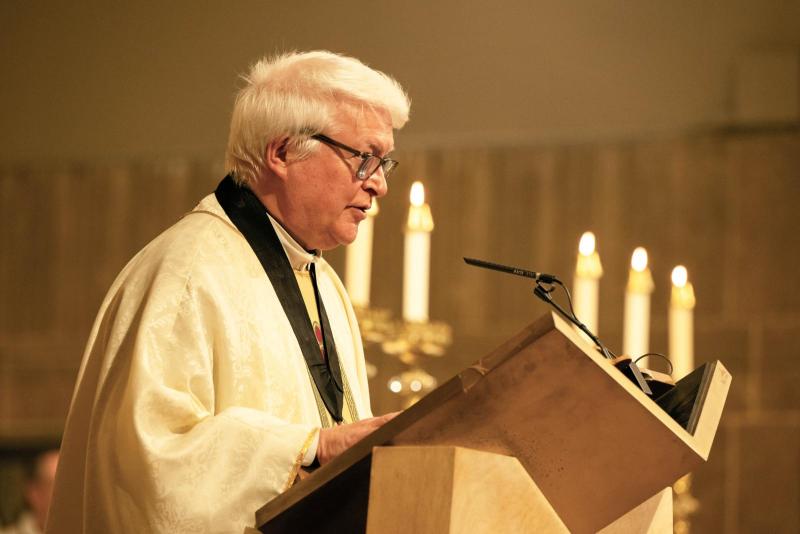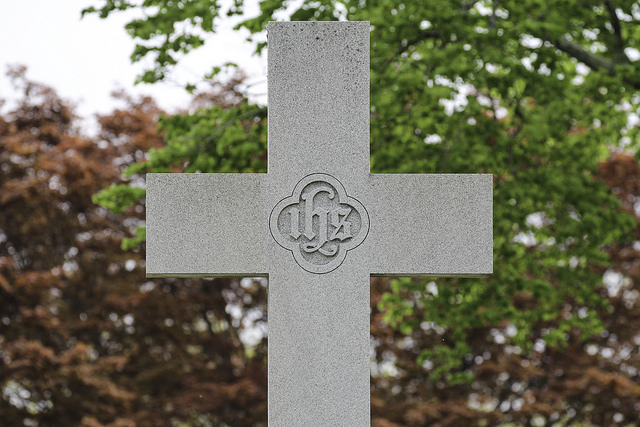by Deacon Adrian Cullen, Evangelisation Coordinator
For the missionary pilgrims who journeyed to Liverpool to attend Adoremus, the National Eucharistic Congress and Pilgrimage, the celebration of Mass at the Cathedral of Christ the King could not have been a more fitting place. This most beautiful of cathedrals with its richly coloured, stained-glass windows, which bathe visiting pilgrims in a light that brings a sense of God’s presence, is an icon of missionary faith for the city and beyond. Its nickname of ‘Paddy’s Wigwam’ reflects the strong Irish roots of the city where refugees, mainly Catholic, fled from famine in mid-19th century Ireland to Liverpool. Many settled in the city, while others continued their journey of hope to a new world, embarking on ships to North America.
The cathedral is tent-like in its appearance, with guy ropes to hold it up, hence the wigwam. This nickname is more appropriate than one might at first think; as the cathedral is built as a reminder of the tents of the Chosen People of Israel who journeyed for 40 years in the wilderness towards the Promised Land. Indeed, the idea of a cathedral that can be rolled up like a tent and moved to a new location, to where people can be fed and watered anew, as the travellers in the desert had done, is a powerful image for us as missionary disciples: we are to take Christ to where the people are in need, to where the Word has not been heard; and in doing so we continue to grow as individual disciples, and as the pilgrim body of Christ.
If one climbs the steps to the high galleries of the cathedral, reserved for the use of television cameras on special occasions, one looks down on the whole circle of the cathedral and the people gathered to celebrate the Eucharist, an image of ‘the unity of all believers who form one body in Christ’ (Lumen Gentium). Yet, in view at all times, hanging above the altar, is the ‘crown of thorns’, a reminder perhaps of the pain experienced by victims of abuse in the Church in recent times, and reflected in the words of Cardinal Vincent at Adoremus, as he called for the Eucharistic Procession through the streets of Liverpool to be a ‘penitential procession for we are focused on Jesus whom we have crucified’.
At the very centre of the cathedral is the altar, where daily the Eucharist is celebrated. The large, white marble altar is visible from every part of the cathedral; indeed it shines out through the glass entrance doors of the cathedral to the wider world, to where we are to continue the mission of Christ, to bring God’s mercy to all we meet in our procession through life.
For the missionary disciples who came to Adoremus, and now returned to their own streets and towns, the image of the wigwam is not a bad image to carry with us on our mission, for wherever we are, whatever the day of the week it is, the Eucharist is to be always at the centre of a refreshed and re-energised mission, to bring the healing and love of Jesus to all we meet.




